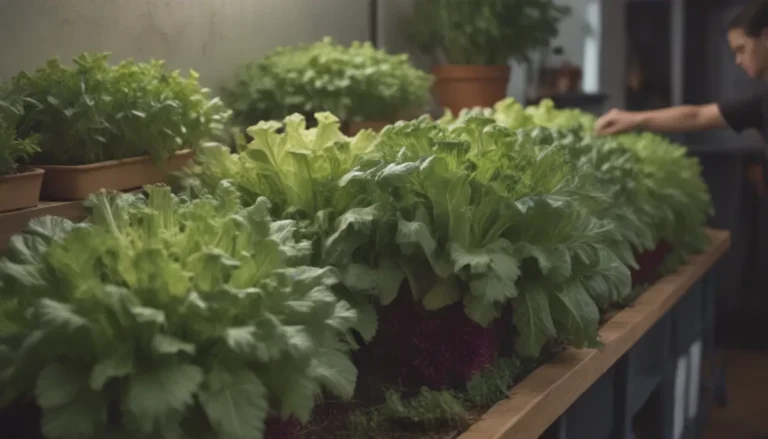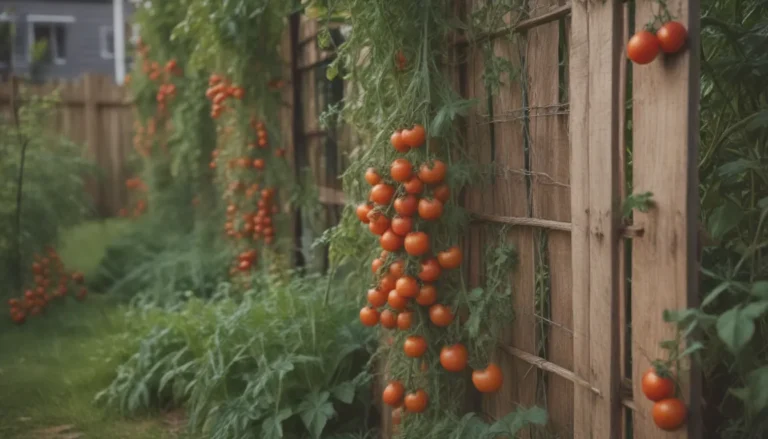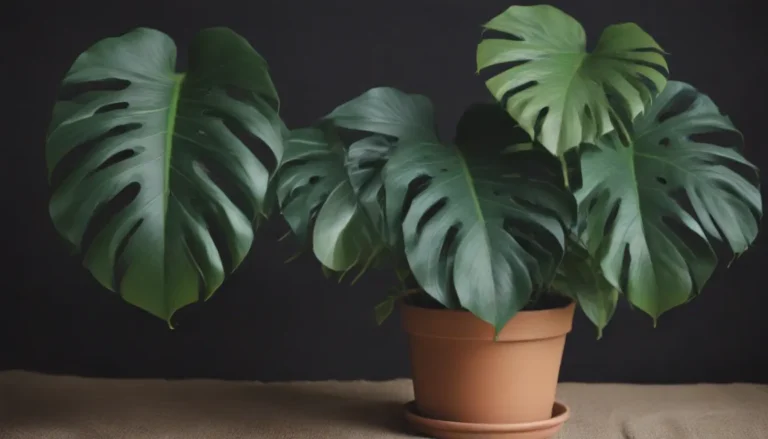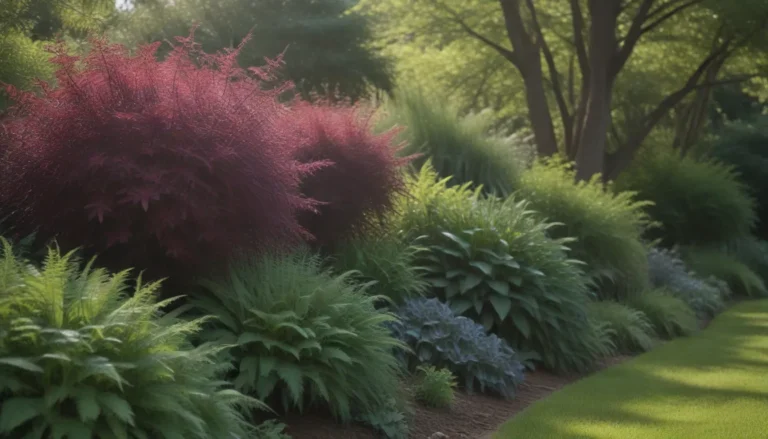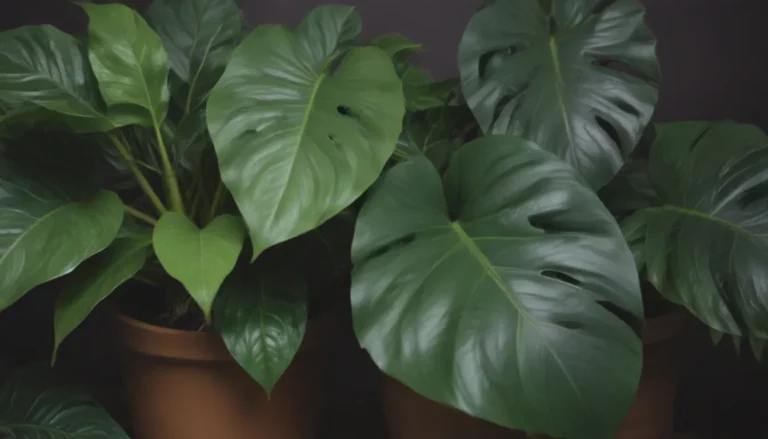The Ultimate Guide to Growing and Caring for Gardenias
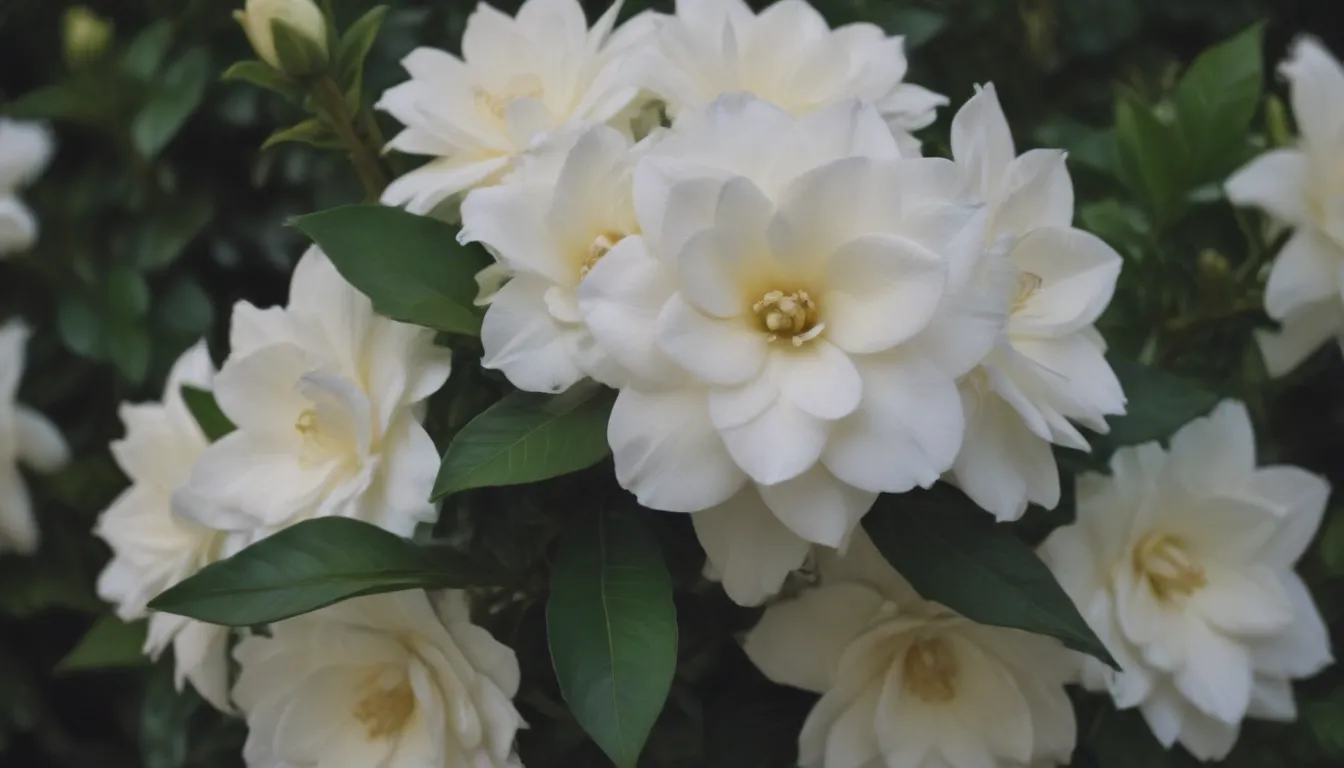
Gardenias are a beloved tropical broadleaf evergreen shrub that boasts beautiful blooms with a fragrance that is unmatched. The scent of a gardenia is truly unforgettable, making it a popular choice for indoor houseplants. While gardenias are known for being high-maintenance plants, the effort is worth it when you see those stunning blossoms. If you’re ready to take on the challenge of growing and caring for gardenias, we’ve got you covered with everything you need to know.
Why Grow Gardenias?
- Gardenias have a distinctive floral, citrusy sweet scent that is highly sought after.
- They bloom from late spring through fall, with each bloom lasting several weeks.
- The blooms of a gardenia resemble roses, with showy white or cream-colored petals that spiral around a central point.
- With the right care, gardenias can thrive both indoors and outdoors, adding beauty and fragrance to your home or garden.
How to Get Gardenia to Bloom
Getting your gardenia to bloom requires attention to detail and the right growing conditions. Here are some tips to help your gardenia produce those gorgeous flowers:
- Deadhead or remove spent blooms to encourage more flower production.
- Ensure your gardenia has the right fertilization and watering needs.
- Wait to prune your plant until after the last blooms have faded to avoid cutting back new buds.
- Maintain the correct humidity and water levels to prevent “bud drop,” a condition that can affect gardenias.
Gardenia Care Tips
Taking care of gardenias involves providing the right environment and conditions for optimal growth. Here are some essential care tips for your gardenias:
Light
- Indoor potted gardenias prefer bright light but not direct sunlight, especially during summer.
- Plant gardenias in a partially shaded location outdoors, with some sun and afternoon shade.
Soil
- Gardenias are acid-loving plants, so use potting mixes with a lower pH.
- Test the soil pH when planting outdoors and adjust as needed with agricultural sulfur.
Water
- Water your gardenia about once a week, ensuring the soil is slightly moist to the touch.
- Use drip irrigation to keep water off the leaves and prevent fungal leaf spots.
Temperature and Humidity
- Keep your gardenia in temperatures above 60 F, free of cold drafts.
- Maintain a high humidity level above 60% for optimal growth.
Fertilizer
- Feed gardenias in mid-March and late June with an acid-rich fertilizer.
- Use slightly less than the recommended dosage to avoid over-fertilizing.
Types of Gardenias
When it comes to gardenias, there are various cultivars to choose from. Here are some recommended types of gardenias:
- Gardenia jasminoides ‘Aimee’
- Gardenia jasminoides ‘Fortuniana’
- Gardenia jasminoides ‘Buttons’
- Gardenia jasminoides ‘Crown Jewel’
Pruning Tips for Gardenias
Pruning gardenias is essential for maintaining their shape and health. Here are some pruning tips for your gardenias:
- Prune gardenias after they have stopped blooming, removing straggly branches and spent blooms.
- Pruning is usually necessary every other year for gardenias.
- Use sharp garden shears to shape back the green and brown wood, as gardenias set buds on both new and old wood.
Propagating Gardenias
Propagating gardenias is a great way to grow new plants. Here’s how you can propagate gardenias from stem cuttings:
- Root stem cuttings in the early spring or during pruning.
- Allow the new plant time to establish roots and grow before winter dormancy.
Growing Gardenia From Seed
While growing gardenias from seed can be a lengthy process, it can be rewarding. Here are some steps to grow gardenia from seed:
- Collect and clean seeds from dried seed pods and dry them for three to four weeks.
- Plant the seeds in a mixture of perlite and peat moss and keep them moist until they sprout.
- Transplant seedlings into pots filled with peat-based potting soil and continue growing them indoors until they mature.
Potting and Repotting Gardenias
When it comes to potting and repotting gardenias, choose a high-quality potting mix with a low pH. Here are some tips for potting and repotting your gardenias:
- Use a peat-based potting mix with a low pH for container gardening.
- Repot gardenias in the spring if they are root-bound or look less vibrant.
- Use natural stone or terracotta pots for better moisture control.
Overwintering Your Gardenias
It’s essential to protect your gardenias during the winter months. Here are some tips for overwintering your gardenias:
- Gardenias are tropical plants and require temperatures above 15 F to survive.
- Provide ample mulch to insulate the roots of your gardenias.
- Use frost cloth or makeshift covers on cold nights to protect your plants.
Common Pests and Plant Diseases
Gardenias are prone to pests and diseases that can affect their health. Here are some common issues to watch out for with your gardenias:
- Insects such as scales, aphids, spider mites, mealybugs, and whiteflies can affect gardenias.
- Use horticultural oils and soaps to control bugs or organic products for a natural solution.
- Gardenias can also suffer from powdery mildew, leaf spot, dieback, anthracnose, and sooty mold, which may require fungicides for treatment.
Common Problems With Gardenias
Maintaining the perfect conditions for gardenias can be challenging. Here are some common problems to look out for when growing gardenias:
- Bud or leaf drop can occur due to cold temperatures, inconsistent watering, poor soil drainage, or insufficient light.
- Yellowing leaves may indicate unsuitable environmental conditions or stress on the plant.
- Gardenias require proper care and attention to thrive, making them best suited for dedicated gardeners.
Fun Facts About Gardenias
- The gardenia plant is named after the Scottish botanist, Alexander Garden, known for his research on plant properties.
- Gardenias can live up to 50 years in the right conditions with proper care.
- Gardenias and jasmine both have fragrant flowers, but gardenias are shrubs while jasmine is a vine.
From choosing the right cultivar to providing the best care, growing and caring for gardenias can be a rewarding experience. With a little patience and dedication, you can enjoy the beautiful blooms and captivating fragrance of gardenias in your home or garden. So, are you ready to take on the challenge of growing and caring for these exquisite plants?
